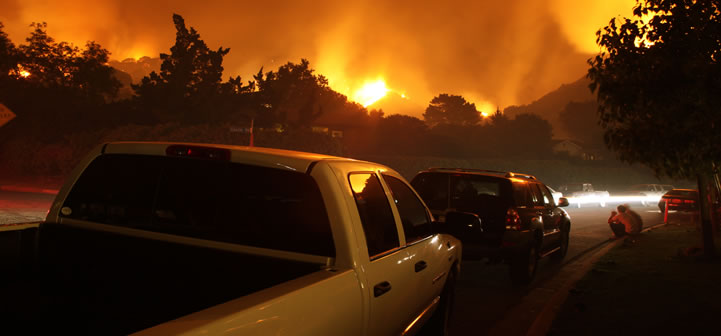Drought cycles coupled with increasing urban population growth is putting pressure on water supplies in many areas throughout the US prompting calls for increasing water conservation in the landscape.
Traditional landscape practices tend to promote inefficient water use. A shift in thinking is necessary in order to promote water conservation in the home landscape.
Sources of Water Waste in the Home Landscape
-
- Leaking outdoor faucets and irrigation pipes
- Car washing
- Hosing down driveways and sidewalks
- Evaporation from bare soils
- Inefficient




